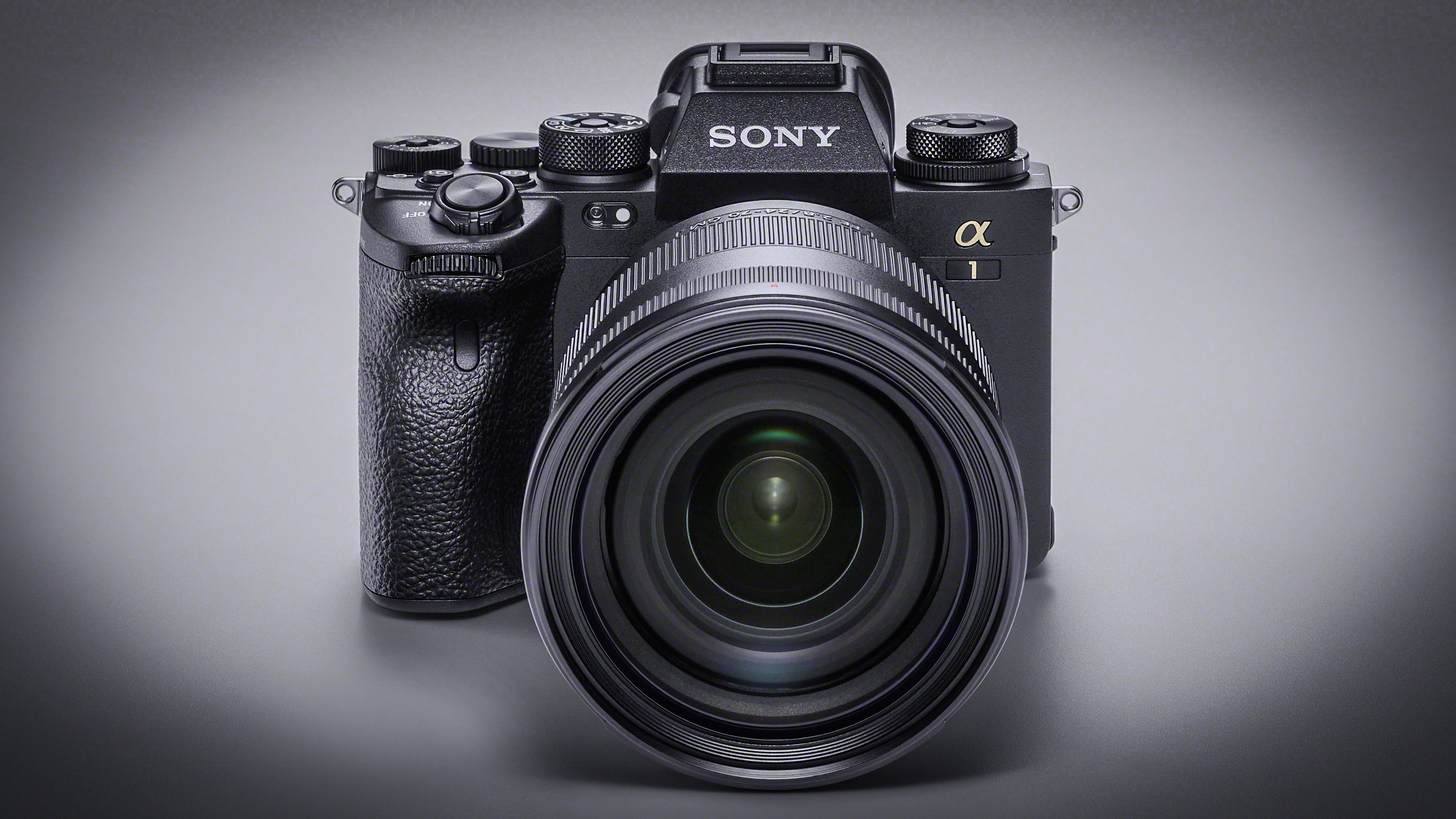Want to photograph fireworks? Here are my sparkling secrets...
If you’re hoping to head out with your camera to photograph fireworks displays this fall season, use my explosive selection of photography tips to rocket to success
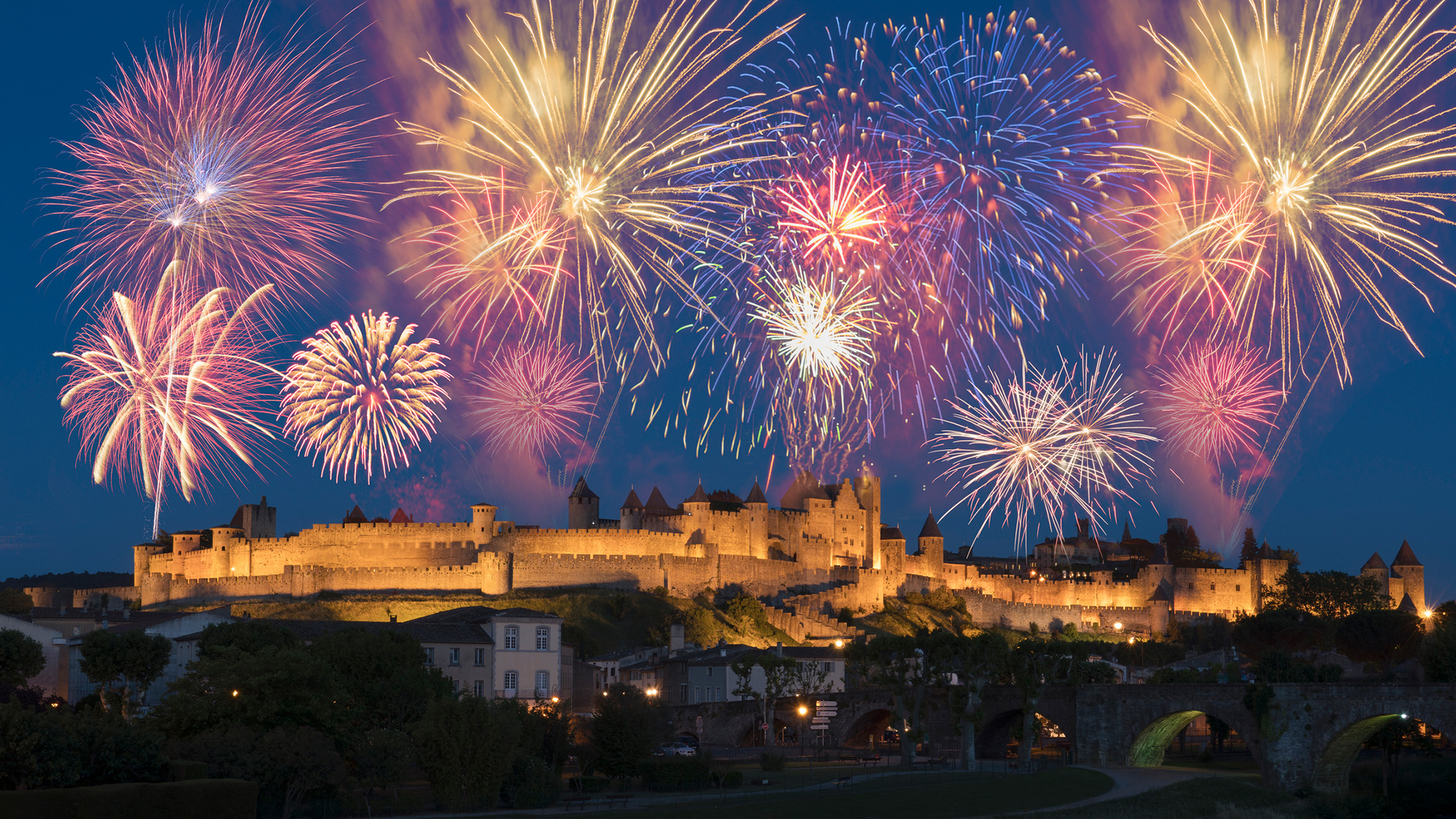
Fourth of July festivities might be a distant memory, but with fall in full flow and winter just around the corner, it’s officially fireworks season. Whether you’re heading out with your camera on bonfire night in the UK, or practicing for the not-too-distant New Year’s, my sparkling set of tips will make sure your fireworks photography goes off with a bang.
You can capture fireworks photography on most cameras. The best camera phones, in particular, are becoming more adept at capturing the challenging lighting conditions of a fireworks display, but in my opinion, there's still no substitute for a camera that allows you to take full manual control.
That said, it doesn't matter if you're using one of the best mirrorless cameras, an aging bridge camera, or a good ol' DSLR; any manual camera will do. You don’t even need a specialist lens; just make sure you have a sturdy tripod to hand, and a remote shutter release wouldn’t go amiss, either.
If you’ve ever tried to paint with light at night, then you’ll be working with a similar skillset. The difficult bit is nailing your exposure, since you’ll be photographing varying intensities of light that can change so quickly, your camera’s built-in light meter will struggle to keep up. Don’t worry, though, because you’ll find everything you need below. This is the land of opportunity after all!
What lens should I use to shoot fireworks?
Different focal lengths provide various advantages and disadvantages. For example, the best wide-angle lenses are great if you’re shooting a large display over a huge subject, such as a city skyline or football stadium. But for a smaller home display, where the fireworks don't spread across the sky, wider lenses may diminish the fireworks’ presence.
The best telephoto lenses are a great choice if you need to ‘crop’ into displays that are farther away, and will enable you to fill the frame with exploding fireworks. But if you’re too close you will struggle to frame both the fireworks and foreground interest. The best standard zoom lenses will provide a middle ground between the two and are a safe option if you're not sure what to expect from the location and/or display.
My preference would always be to choose zoom lenses over prime lenses, because they provide you with more versatility should you need to adjust your focal length during the display itself. Some displays can be over quite quickly, so you don’t want to be changing lenses mid-shoot unless you’ve already captured your best shots and want to experiment.
The best camera deals, reviews, product advice, and unmissable photography news, direct to your inbox!
No matter what focal length you use, I recommend pulling back slightly from where you anticipate the fireworks to be. This is because you’re never quite sure how far they will spread or how high they will go – and while you can always crop a little in post-production, you can't bring back fireworks that stray beyond the frame.
How do I compose fireworks photography?
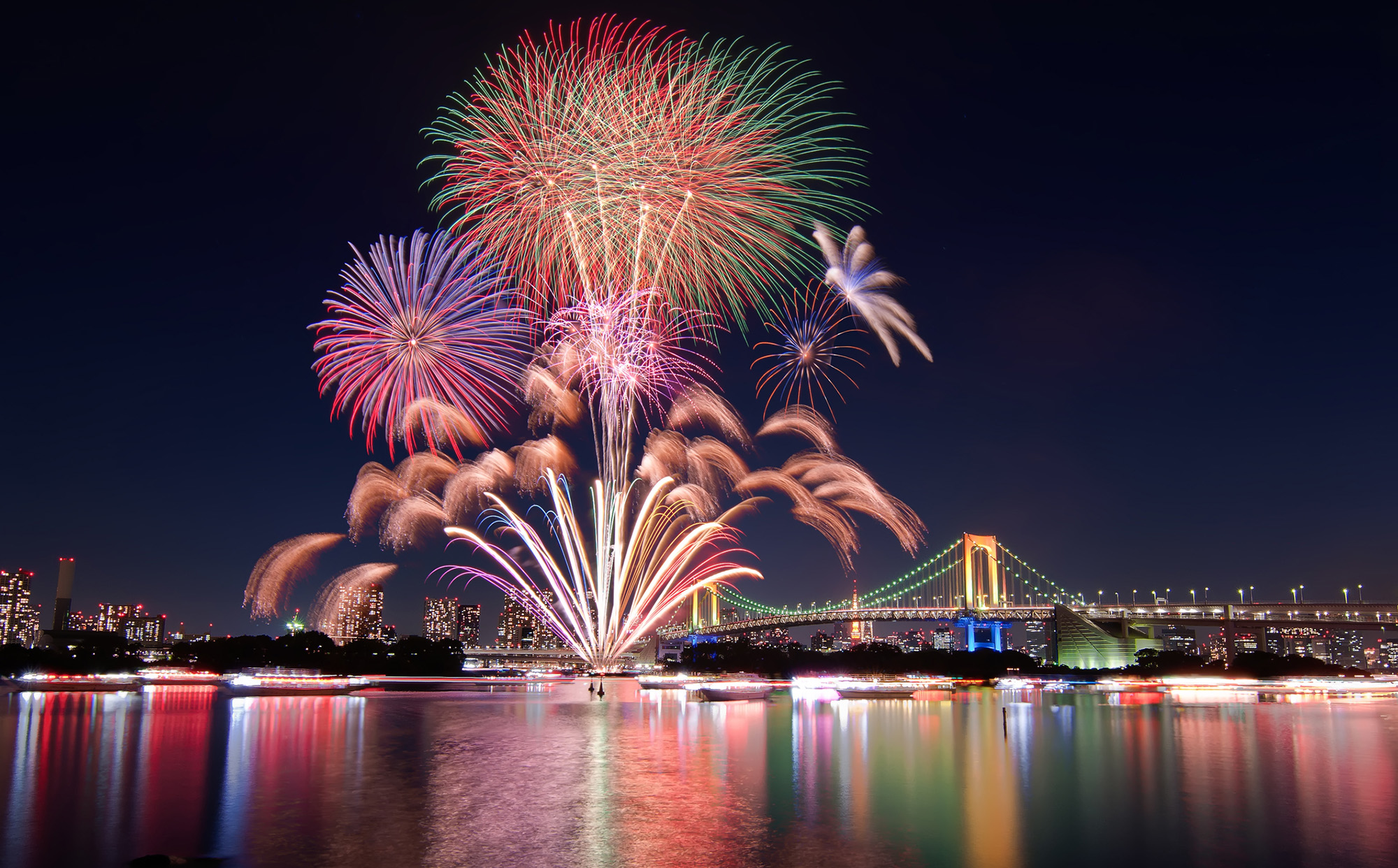
You have multiple options when it comes to framing fireworks. Perhaps the most obvious option is to isolate groups of fireworks as they explode in the night sky. This will produce an abstract-looking image and is very effective. But my preferred way of photographing fireworks from a creative photography perspective is to frame them above some kind of foreground or midground interest. This is usually a large structure, such as a monument, stadium, or city skyline.
I always think that the most impressive way to photograph fireworks is to shoot them over a large body of water. This way, you double the impact by reflecting the fireworks in the water. If you’re heading to a local fireworks display with no discernible foreground interest, you may wish to opt for my first suggestion. But if you’re serious about fireworks photography, you’ll want to head to a display where you know there will be something interesting in the foreground or midground.
Since you'll be shooting on a tripod, the framing of each shot will be identical. So if you're really struggling to capture an even spread of fireworks in the night sky, just keep shooting. That’s because you can blend multiple exposures together after the fact in post-production to produce a balanced composition. This method also enables you to fill the frame with the very best firework specimens from the display.
Something to watch out for at larger displays is crowds. If you’ve got no choice but to position yourself within the crowd, you’ll want to avoid framing the people in front of you with a wider lens. Instead, use a longer lens pointed up into the sky and over the heads of the crowd.
How do I focus on fireworks?
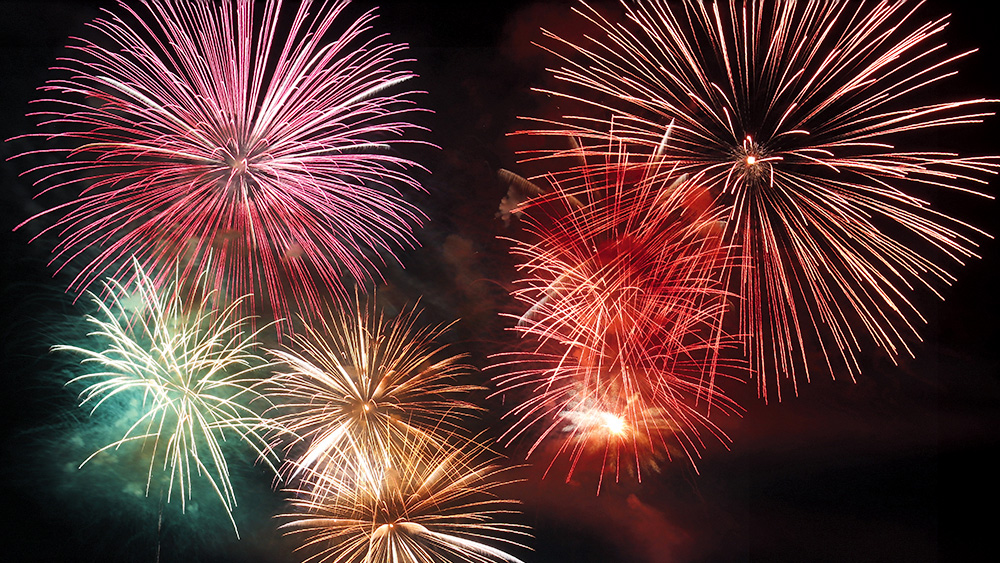
I always switch to manual mode when photographing fireworks. Unless you have a very bright, illuminated foreground subject, autofocus will simply hunt and fail to lock focus. The fireworks are also likely to be so sudden and chaotic, AF won’t be able to keep up.
By switching to manual mode you can choose to set the focus ring to infinity – indicated by the '∞' symbol on your lens. If your lens doesn’t have this symbol, simply focus on an object that’s far away or roughly in line with where you expect the fireworks to be. If you’re using a wide-angle lens to capture plenty of foreground interest, you can focus a third of the way into the frame or use the double-distance focusing method.
Why you need a tripod and a camera remote…
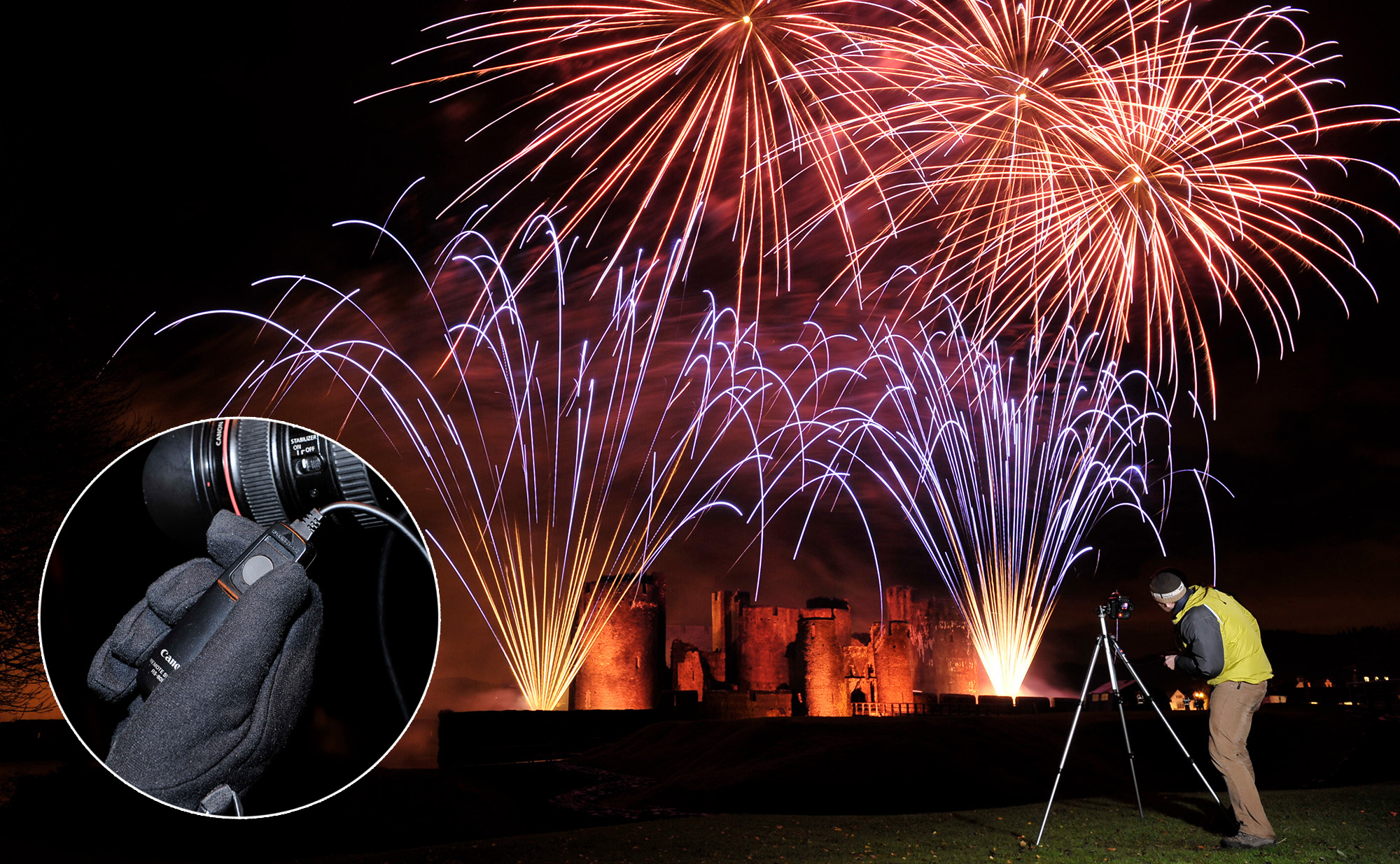
One of the best tripods is essential for the long exposures required to capture fireworks, and since you’ll only be moving your camera once or twice (if at all) during the shoot, your arms and back will thank you, anyway.
Normally, I tend to avoid the best camera remotes in favor of using an exposure delay mode when shooting long exposures. But remote shutter releases are essential when photographing fireworks because you need to time your shots to get the best spread of firework light trails.
Why your batteries could drain faster…
Unlike the wintry conditions that can dog New Year’s celebrations, July 4 is traditionally a much warmer affair. Even so, temperatures can drop during evening fireworks displays, so I always recommend taking out a couple of spare camera batteries, since they will drain quicker at lower temperatures. A tried-and-tested workaround is to keep any spares in an inside jacket pocket, where your body heat will allow them to stay warmer for longer.
What exposure settings should I use?
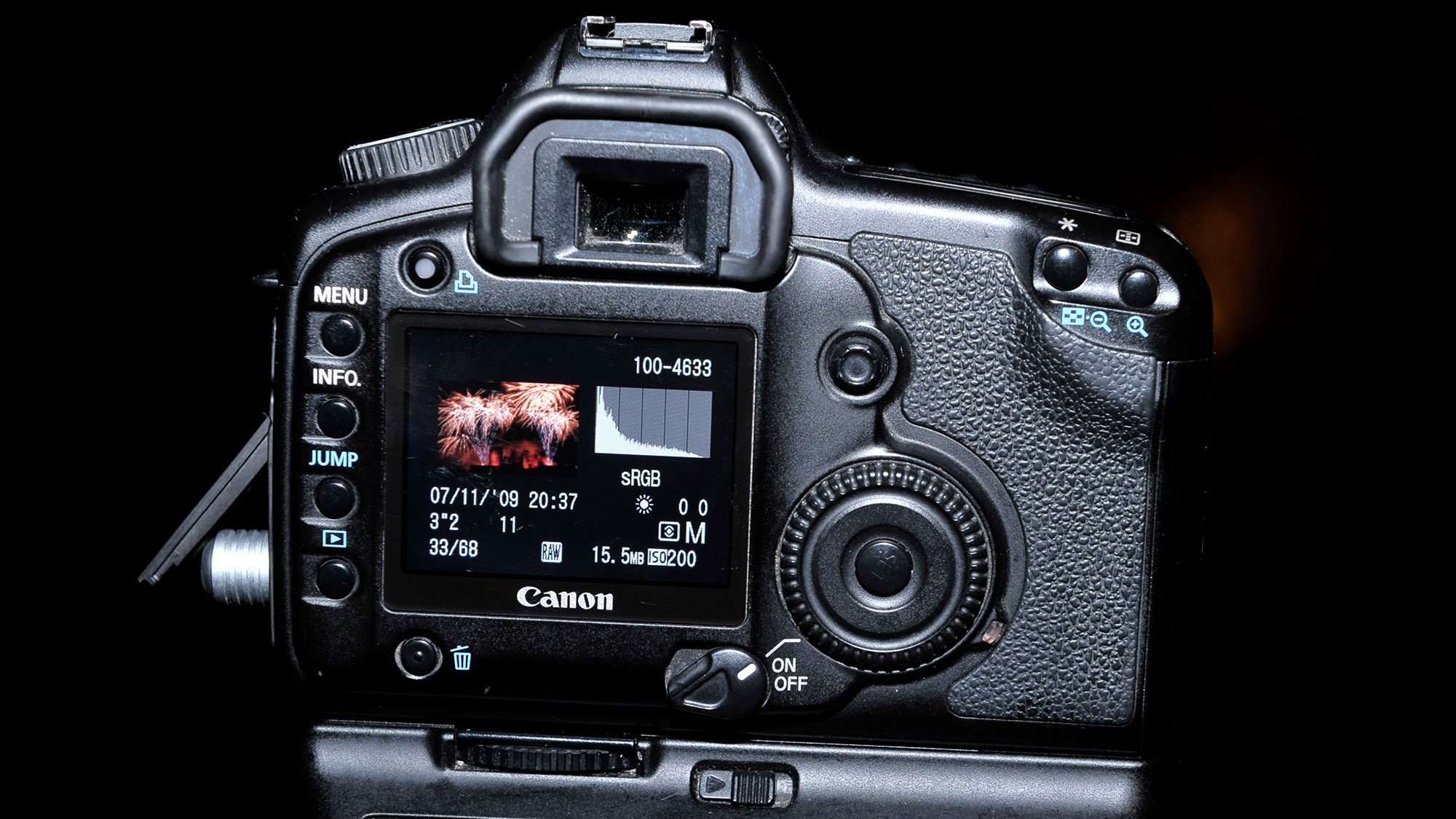
Capturing the correct exposure is the most difficult part of photographing fireworks. Sudden explosions of light and varying numbers of fireworks in the sky at any one time mean that lighting conditions can vary greatly and change on a dime. As such, you won’t be able to rely on your camera’s built-in light meter, so make sure you’re familiar with the exposure triangle.
I always photograph fireworks in manual mode and start with a middling aperture of f/8. This is narrow enough to produce a large depth of field, but will let in more light than f/11 (a landscape photography staple). I like to start at my camera's base ISO and, when the fireworks begin, adjust my shutter speed accordingly. The longer the exposure, the more fireworks you’ll capture in a single frame. Smaller displays with fewer fireworks may benefit from longer exposures, so you can ‘fill’ the frame with fireworks over a 10, 20 or even 30-second exposure.
But with very busy displays, you may find that very long exposures simply capture too many fireworks, which can look messy. In these instances, you can reduce your shutter speed, narrow your aperture and/or lower your ISO to compensate (if possible).
If you find yourself having to raise your ISO too much, you can always widen your aperture. But the shallower depth of field may make focusing more of a challenge, particularly if you’re capturing tighter compositions with a telephoto lens.
For particularly sparse displays, you can use bulb mode. However, the success of bulb mode may depend on how much ambient light there is around the fireworks. A football stadium, for example, will have far too much ambient light for bulb mode to be a viable option.
You might also like...
If you’re really serious about night-time photography, check out the best low-light cameras. And while you can only photograph fireworks during certain times of the year, you can enjoy light painting all year round. With that in mind, did you know you can spin wire wool for captivating long-exposure low-light photography? Another neat light painting technique is capturing light trails from the comfort of your own car.
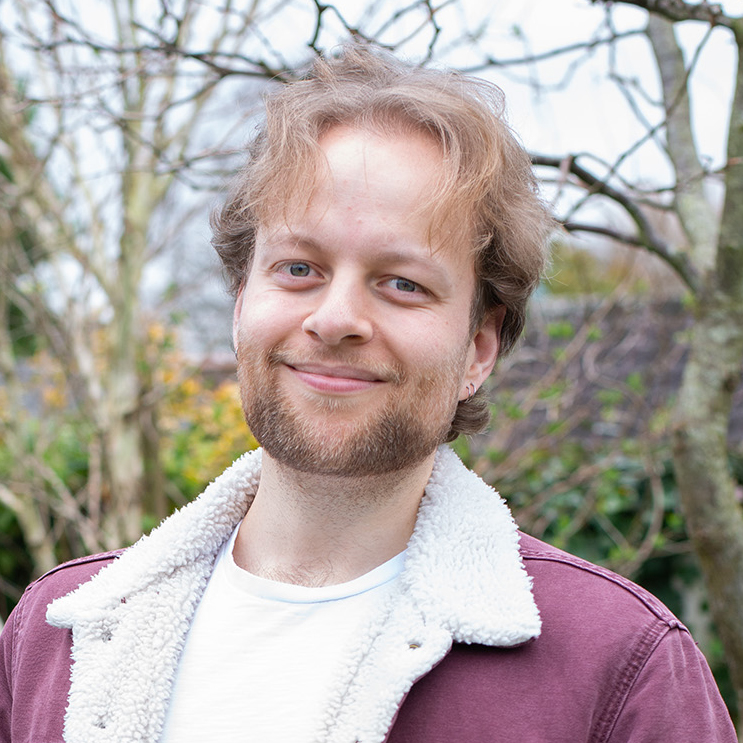
Mike studied photography at college, honing his Adobe Photoshop skills and learning to work in the studio and darkroom. After a few years writing for various publications, he headed to the ‘Big Smoke’ to work on Wex Photo Video’s award-winning content team, before transitioning back to print as Technique Editor (later Deputy Editor) on N-Photo: The Nikon Magazine.
With bylines in Digital Camera, PhotoPlus: The Canon Magazine, Practical Photography, Digital Photographer, iMore, and TechRadar, he’s a fountain of photography and consumer tech knowledge, making him a top tutor for techniques on cameras, lenses, tripods, filters, and more. His expertise extends to everything from portraits and landscapes to abstracts and architecture to wildlife and, yes, fast things going around race tracks...
You must confirm your public display name before commenting
Please logout and then login again, you will then be prompted to enter your display name.
